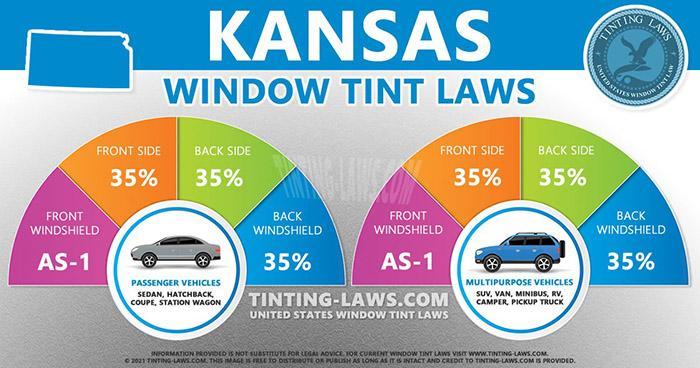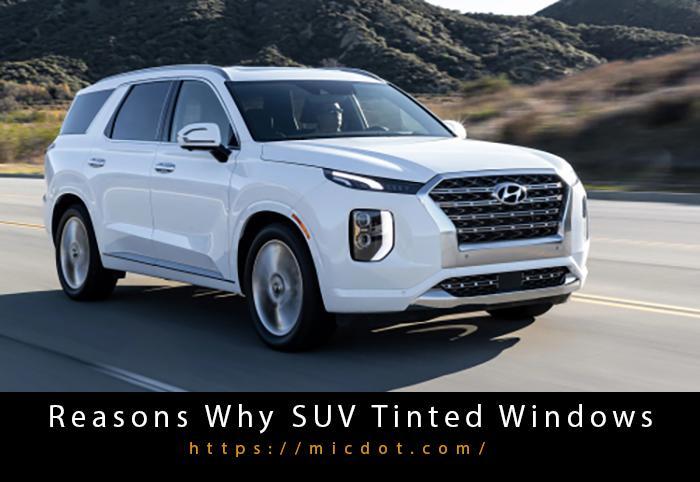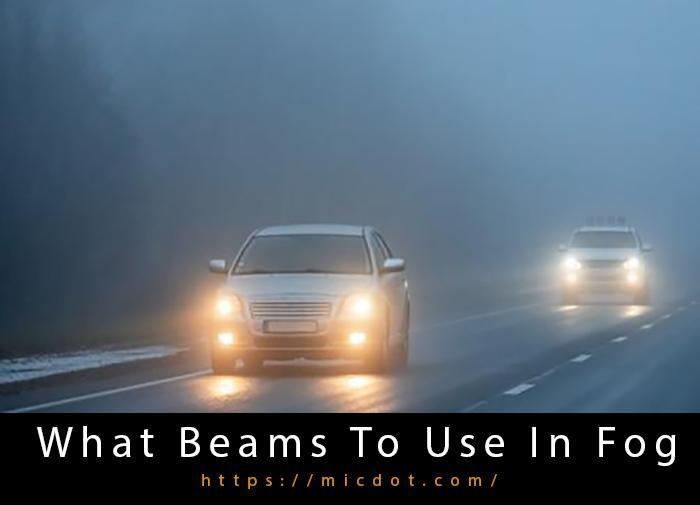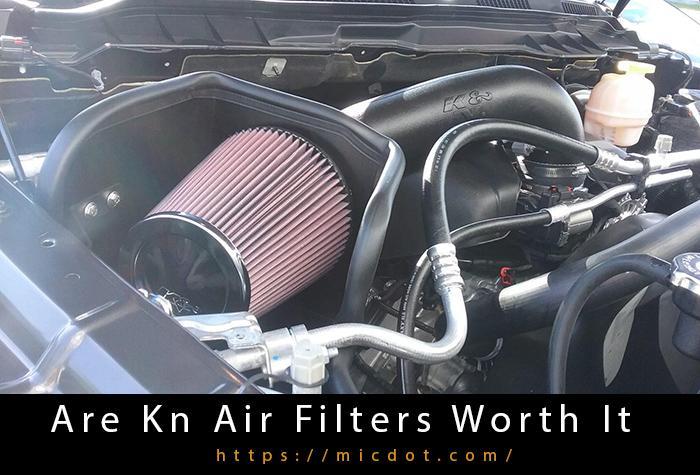It is possible to minimize the amount of light entering your car by using window tinting. This is particularly useful if you live in a hot, humid climate. However, in the United States, various restrictions regulate the level of blackness of window tint.
In this post, you’ll learn about the window tinting regulations in Kansas.
You Are Watching: Kansas Window Tint Ticket Cost Updated 04/2024
Are You Allowed To Have Tinted Windows And Windshield In Kansas?

Window tinting legislation was first enacted in Kansas in the early 1990s. When it comes to tinting your automobile windows, the current rules in the state are among the harshest in the country. There are precise guidelines to follow when tinting a particular type of window.
Other than limitations on the blackness of your windows, there are also laws on the color and reflectiveness of your tint. The consequences of breaking the law in Kansas can be severe as well.
What Is The Darkest Tint You Can Legally Get In KS?
Technically, the darkest color in Kansas is a tint of 35. All of your windows should be tinted to allow at least 35% of the light to pass through.
Your window tint can’t be red, amber or yellow in any other way but this. You can only apply a non-reflective window tint to the top five inches of your front windshield.
Is 20 Tint Illegal In KS?
No, Kansas does not allow the use of 20-tinted glass. It doesn’t matter if you drive an SUV or a car; you can only have 35% tint darkness. Only the top five inches of your front windshield should be tinted.
Can You Get Pulled Over For Tinted Windows In Kansas?
Yes. In Kansas, having tinted windows might result in a traffic stop. You can be fined and put in jail if your windows have less than 35% tint darkness. Window tint should only cover the top five inches of your front windshield if you want to avoid glare.
How Much Is A Tint Ticket In KS?
Read More : Overfilled Oil By 1 Quart Updated 04/2024
Class C misdemeanors are punishable by a fine in Kansas if you break the law. In Kansas, a Class C Misdemeanor is a criminal infraction that carries a fine of up to $500.
Window Tint Darkness In Kansas
When you’re driving in Kansas, there are severe rules about the level of blackness of your car’s window tint. You will be penalized if you violate these rules if your vehicle is registered in Kansas.
Only the top portion of your windshield can be tinted with non-reflective tint. In addition, all of your windows should be tinted so that at least 35% of the light can pass through.
For Passenger Vehicles
If you want to tint your windshield, you can only apply it to the top five inches of your vehicle. Window tint should not reflect any light.
Light should be able to pass through the front side windows of your vehicle at a rate of no less than 35%. The color of the window tint should not be red, yellow, or amber.
At least 35% of the light should be able to pass through your backside window’s tint, so that you can see out of it. If you tint your back windows, you must have dual-side mirrors.
At least 35% of the light in your automobile should be able to pass through your rear window, which should have a heavy tint. You can’t have a metallic tint on your windows either.
For MPVs (Multipurpose Vehicles)
If you want to tint your windshield, you can only apply it to the top five inches of your vehicle. Using reflective window tint on your windshield is illegal.
Light should be able to pass through the front side windows of your vehicle at a rate of no less than 35%. Colors such as red, amber, and yellow should not be used on a vehicle that is used for several purposes.
At least 35% of the light should be able to pass through your backside window’s tint, so that you can see out of it. If you tint your back windows, you must have dual-side mirrors.
Read More : What Is A Control Arm Bushing ? Updated 04/2024
At least 35% of the light in your automobile should be able to pass through your rear window, which should have a heavy tint. Metal or mirrored window tints are not allowed.
Window Tint Reflection In Kansas
Now, let’s talk about the legislation governing the reflection of window tint. The glare from the sun or incoming light can be reduced by using a reflective tint. In contrast, the state of Kansas does not allow you to use metallic or mirrored window film.
When it comes to the type of vehicle you own, the following are the tint reflection restrictions:
For Passenger Vehicle
You cannot use a reflective or shiny tint on the front windows.
You cannot apply a tint on the back windows that is shiny or has a reflected appearance.
For MPVs (Multipurpose Vehicles)
You cannot apply a tint that is glossy or has a mirrored appearance on the front windows.
You cannot apply a tint on the back windows that is shiny or has a reflected appearance.
How Do You Get A Medical Exemption For Window Tint In Kansas?
Because of this, Kansas does not allow for medical exemptions when it comes to window tinting in your vehicle. There is no exception for medical conditions that necessitate window tinting on a vehicle.
Conclusion
Buying an automobile in Kansas necessitates strict adherence to the state’s requirements on window tinting. You can’t put a window tint on your front windshield, and it should be darker than 35.
In this state, there is no medical exemption for window tinting, thus if you break the law, you could be punished for a Class C Misdemeanor.
Sources: https://micdot.com
Category: Car










